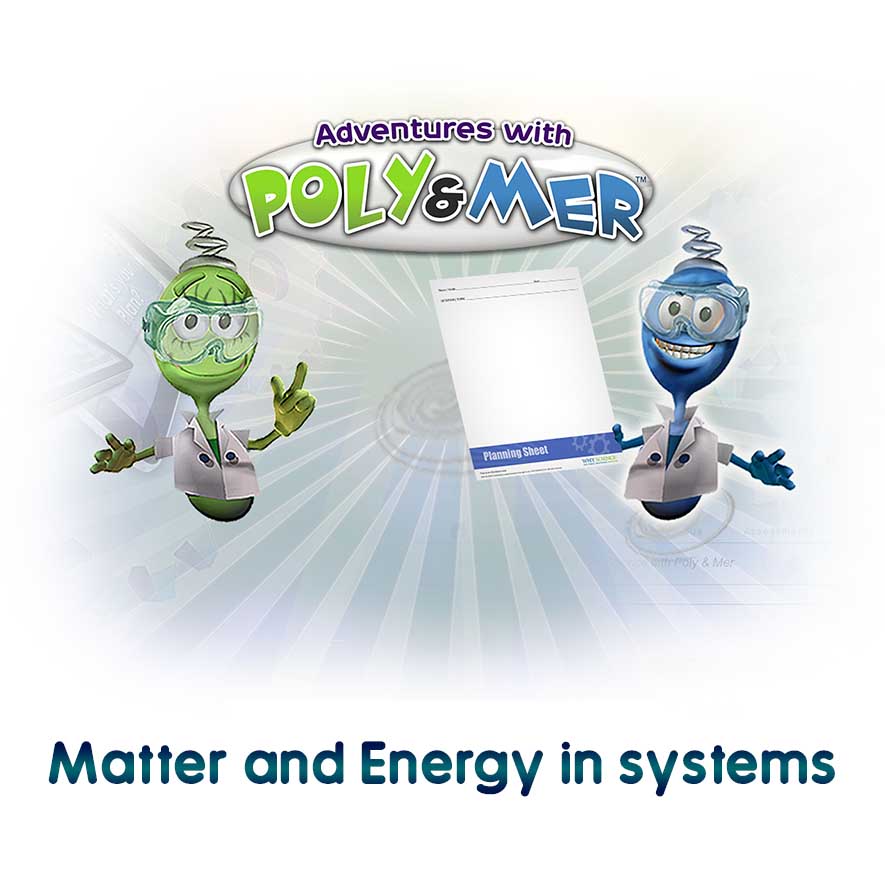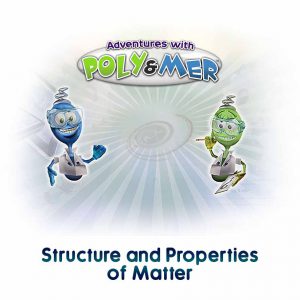Description
In this module, students who demonstrate understanding of the matter in organisms and ecosystems can
- Use a model to illustrate how photosynthesis transforms light energy into stored chemical energy.
- Construct and revise an explanation based on evidence for how carbon, hydrogen, and oxygen from sugar molecules may combine with other elements such as nitrogen, sulfur, and phosphorous to form amino acids and carbon-based molecules.
- Use a model to illustrate that aerobic cellular respiration is a chemical process whereby the bonds of food molecules and oxygen molecules are broken and the bonds in new compounds are formed resulting in a net transfer of energy.
- Construct and revised an explanation based on evidence for the cycling of matter and flow of energy in ecosystems.
- Use mathematical representations to support claims for the cycling of matter and flow of energy among organisms in an ecosystem.
- Develop a model to illustrate the role of various processes in the cycling of carbon among the biosphere, atmosphere, hydrosphere, and geosphere.



Reviews
There are no reviews yet.